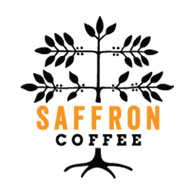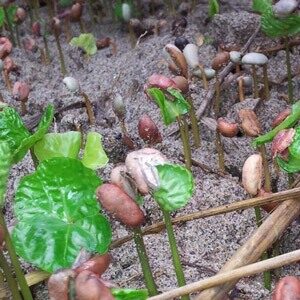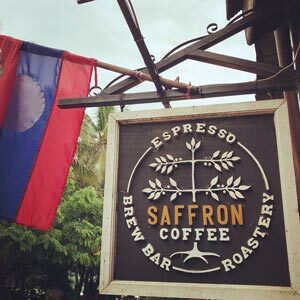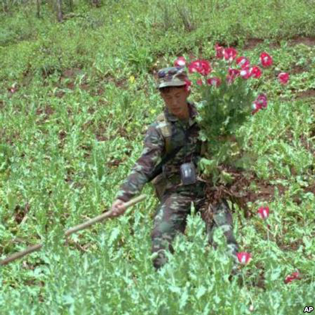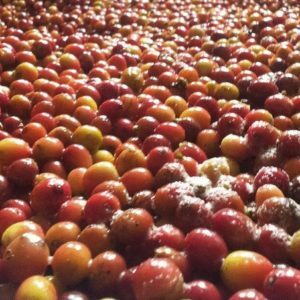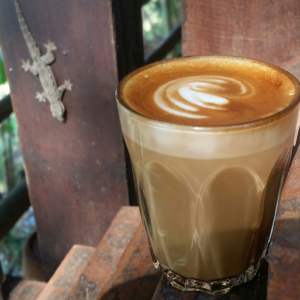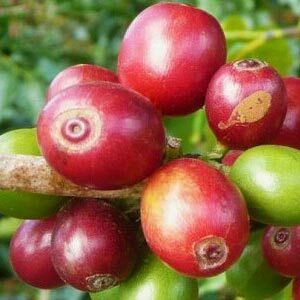Saffron Coffee In the Media
What Are the Challenges Facing Lao Hill-Tribe Coffee Farmers?
Mr Kham Moune is a hill-tribe coffee farmer living in a small village in Xieng Nguen, Luang Prabang Province, Laos. Married with five children, he has 1,500 coffee trees. His trees are both shade grown and organic. In a neighbouring village, Mrs Nut has just under 1,000 trees, also shade grown and organic. She’s married with one child.
Mr Moune and Mrs Nut’s coffee farms are unusual for hill-tribe coffee producers, some of the poorest farmers in Laos. Numerous challenges face them, making quality Arabica production difficult.
Source: The Perfect Daily Grind
Coffee and Cover Songs
Good coffee is like a good cover band playing in a bar: if it’s good you don’t notice it; you just sit back and enjoy it. If it’s bad, it offends all of your senses and you spend nothing but the entire duration of your coffee (or drink at the bar) noticing how bad it is.
I asked for a refund the other day because my coffee was the equivalent of a very terrible cover song performed in a bar. You see, since moving to Malaysia, I’ve converted to Iced Americanos (iced long blacks) because a) I am, lactose intolerant and b) If I suspect the coffee is bad, a bit of tube ice and sugar syrup help me to endure the bad cover song that is my beverage.
Source: Renovate or Travel
Laos Highland Coffee Farmers Ride Tourism Wave
Coffee grower Boua Thong, 47, has been growing Arabica beans for almost a decade in the mountains of Laos' Luang Prabang province.
He made the move from rice farming, he said, as the government prohibited "slash and burn" techniques they say are harmful to forested areas. Thong said his 800 coffee plants on his half-a-hectare hillside plot, bring in more money than rice and offer a longer term crop that can produce for decades.
Source: VOA
Shade Grown & Wet Processed: Laos’ Developing Specialty Industry
If you’ve ever had specialty coffee from Laos, you’re one of few. Yet there’s a growing level specialty production in this Southeast Asian country. Let me take you through how the coffee industry here is changing – and why you might want to try Lao specialty coffee, next time you have the chance.
Lao is a mountainous country populated by 6.7 million people – and according to the FAO, around 80% are subsistence farmers. What’s more, the OEC states that coffee is the country’s largest agricultural export.
Source: The Perfect Daily Grind
Lao Coffee with a Purpose
Saffron has taken the coffee culture to the next level in Luang Prabang. Sure, you can still frolic in your frappe, while thumbing around on your device. Yes, you can still feel good knowing each swallow of cappuccino contributes to the income of poor locals, who grew and processed the beans. But, how would you like a latte brewed from cherries picked off a plant you bought?
Saffron Coffee advertises “From Mountain to Cup,” but what they really offer is a coffee journey, the tale of how that Arabica makes it from the hills to your lips, and what you can do to help these farmers besides taking a sip.
Source: WeAreLao
Coffee (organic & fair trade)
While all the Lao coffee is produced in the south (in Bolaven Plateau), Saffron developed a local production in northern Laos, specially in the Luang Prabang province
The story of Saffron Coffee begins with a group of tribes living high in the mountains of northern Laos. Unable to plant and harvest rice in the lowland paddies like the majority Lao, these tribes cultivated opium poppy on the mountain slopes and plateaus.
Source: Everything About Luang Prabang
